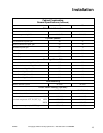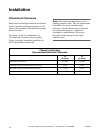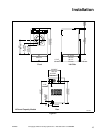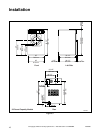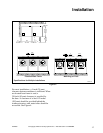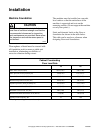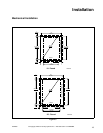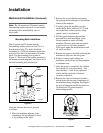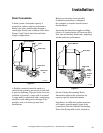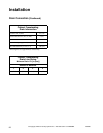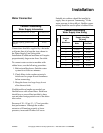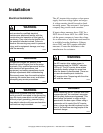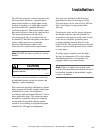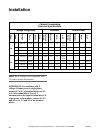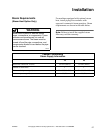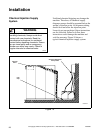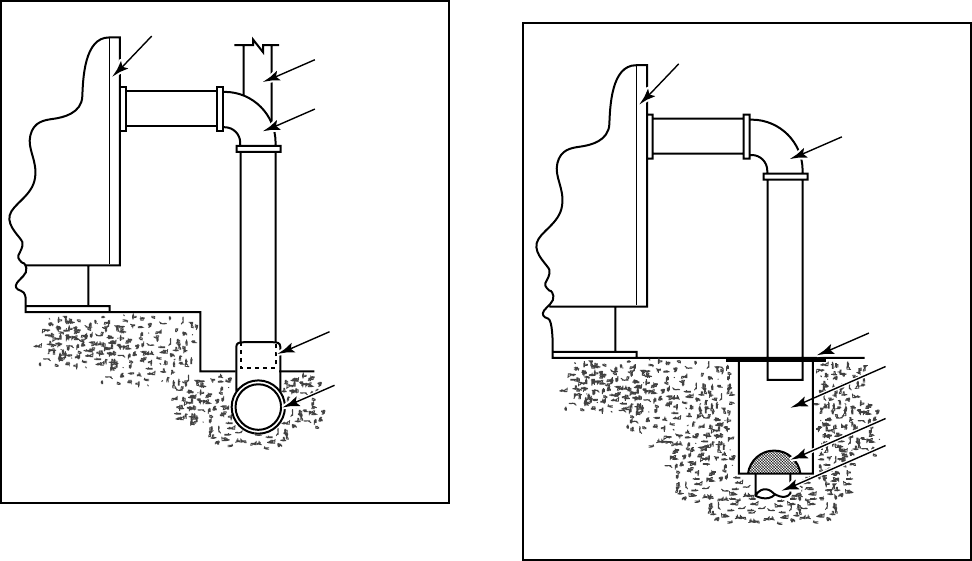
21
Installation
F232060 © Copyright, Alliance Laundry Systems LLC – DO NOT COPY or TRANSMIT
Drain Connection
A drain system of adequate capacity is
essential to washer-extractor performance.
Ideally, the water should empty through a
vented pipe directly into a sump or floor drain.
Figures 8 and 9 show drain line and drain
trough configurations.
Figure 8
A flexible connection must be made to a
vented drain system to prevent an air lock and
to prevent siphoning. If proper drain size is not
available or practical, a surge tank is required.
A surge tank in conjunction with a sump pump
should be used when gravity drainage is not
possible, such as in below-ground-level
installations.
Before any deviation from specified
installation procedures is attempted,
the customer or installer should contact
the distributor.
Increasing the drain hose length, installing
elbows, or causing bends will decrease drain
flow rate and increase drain times, impairing
washer-extractor performance.
Figure 9
See the Cabinet Freestanding Drain
Information table in this subsection for
capacity-specific drain information.
Installation of additional washer-extractors
will require proportionately larger drain
connections. See the Cabinet Freestanding
Drain Line Sizing table in this subsection.
P013IE3A
Rear of Machine
Vent
Drain Pipe
Waste Line
Waste Line
Tee
P014IE3A
Rear of Machine
Drain Pipe
Drain
Trough
Strainer
Steel Grate
Waste
Line



